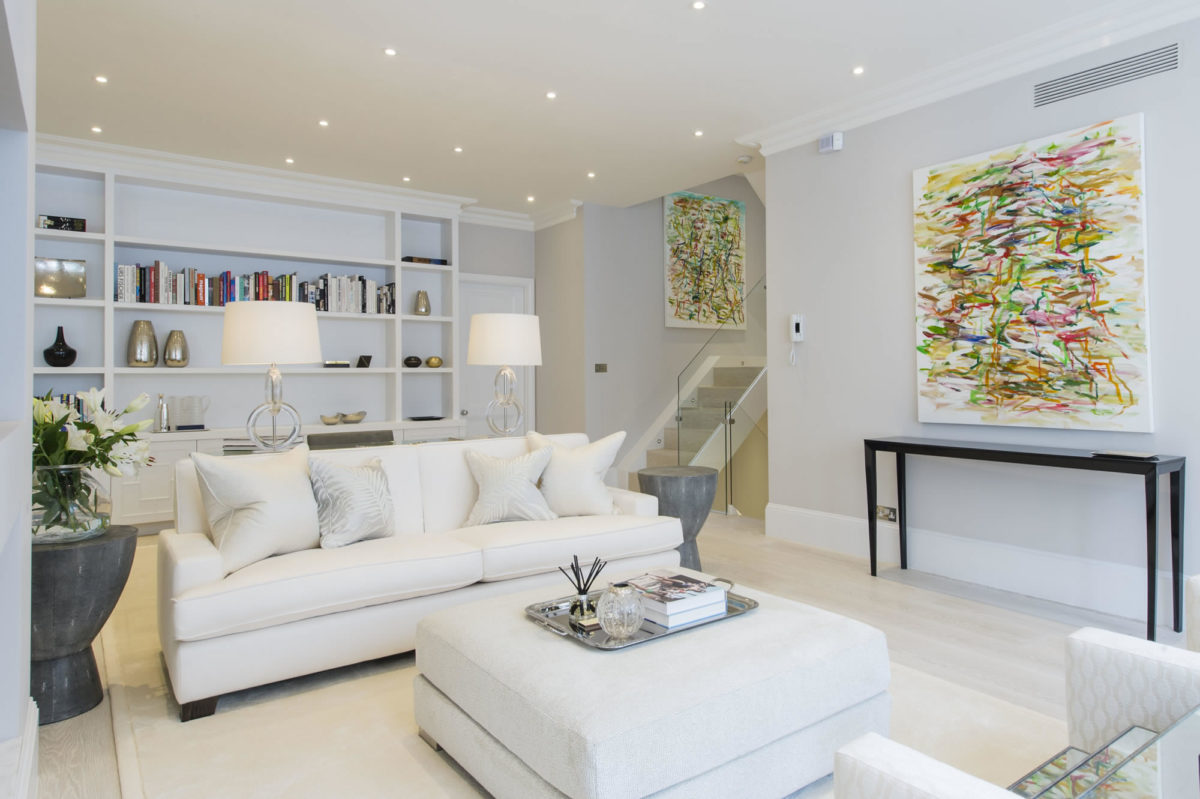Some older properties will already feature a basement or cellar as standard, and these spaces are an ideal opportunity to add value to a property, especially in high-cost and low-space areas such as cities. Additionally, basements can be added to an existing home.
What Will You Use Your Basement For?
There are many potential uses for a basement, but one you may have overlooked is to re-locate existing uses of your home, freeing up much-needed space on the main levels of your home. For example, a basement could be used for laundry or storage, thereby freeing up areas on the ground floor of the property for better uses.
Incorporating a guest bedroom into a basement could free up a regular room in your home for more day-to-day uses, such as an office. A guest room does not need to be well lit and come with a view, whereas you will likely appreciate these features in a room you regularly use for work or study.
A basement cinema or games room could be an ideal addition for a busy growing household and an appealing way to give your children space to entertain their friends while reclaiming the main living areas of the home for yourself.
Let There Be Light
If possible a basement should incorporate natural light, which can be achieved through light wells, open-plan stairwells, roof lights and glass doors or walls.
It’s All in the Design
The most economical basement will share the footprint of the house, thereby negating the need for additional foundations.
Tall ceilings will create a feeling of space, and local authorities usually stipulate a minimum ceiling height. However, you must take into account extra space for insulation and flooring at floor level, as well as lighting, ventilation and plumbing in the ceiling.
Health and Safety
Depending on its use, a basement will need to comply with certain regulations. This may include an external door or opening window or a stairway giving direct access to an exit as a means of escape. Suitable ventilation will also be required, taking into account the moisture and air quality of the basement.
Waterproofing
Waterproofing options for your basement include interior wall and floor sealers, interior or exterior water drainage and exterior waterproofing coatings.
It’s All in the Planning
Planning permission for a basement is likely to be more straightforward than a ground-level extension, with the exception of flood-prone areas.
In the right property, a basement can be the ideal solution for adding usable space to your home, and with the right basement design, it could lead to many years of functional use or pleasure – or both.

